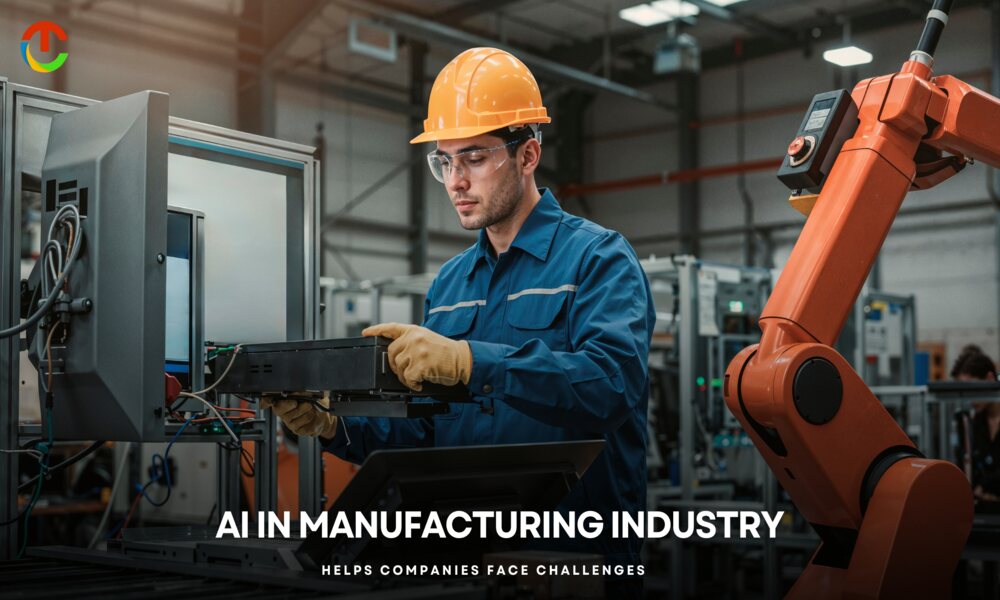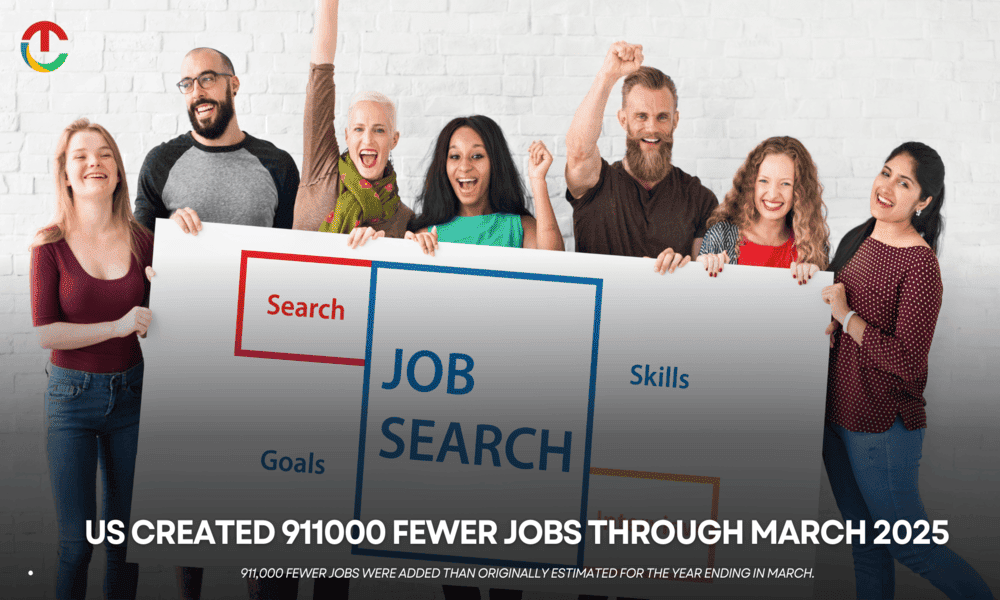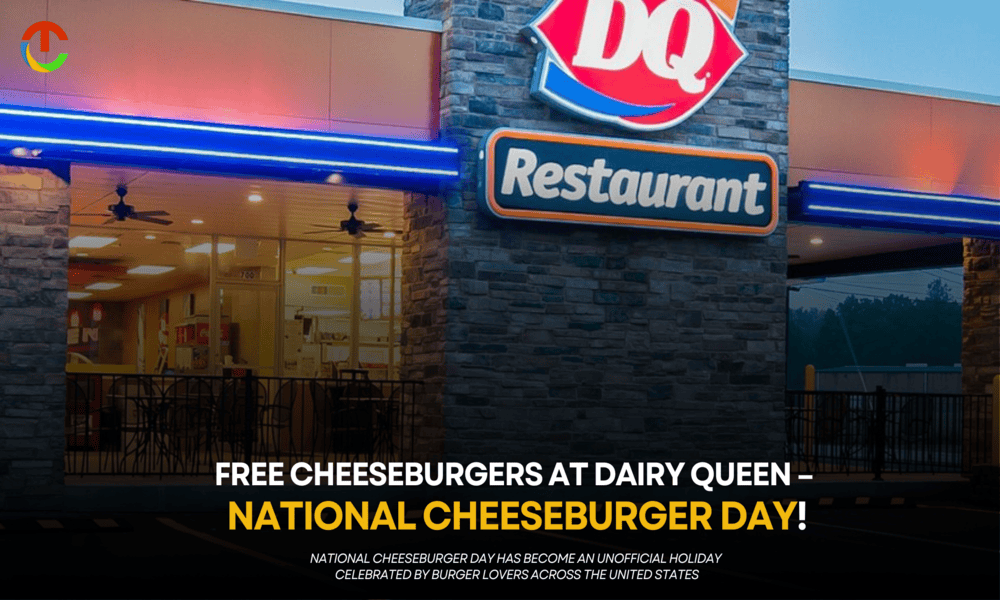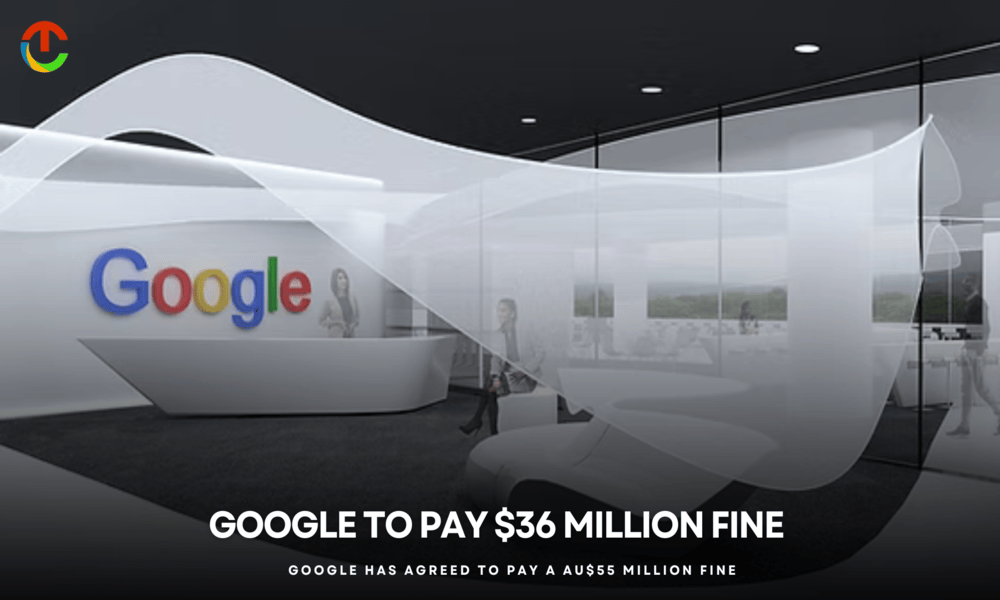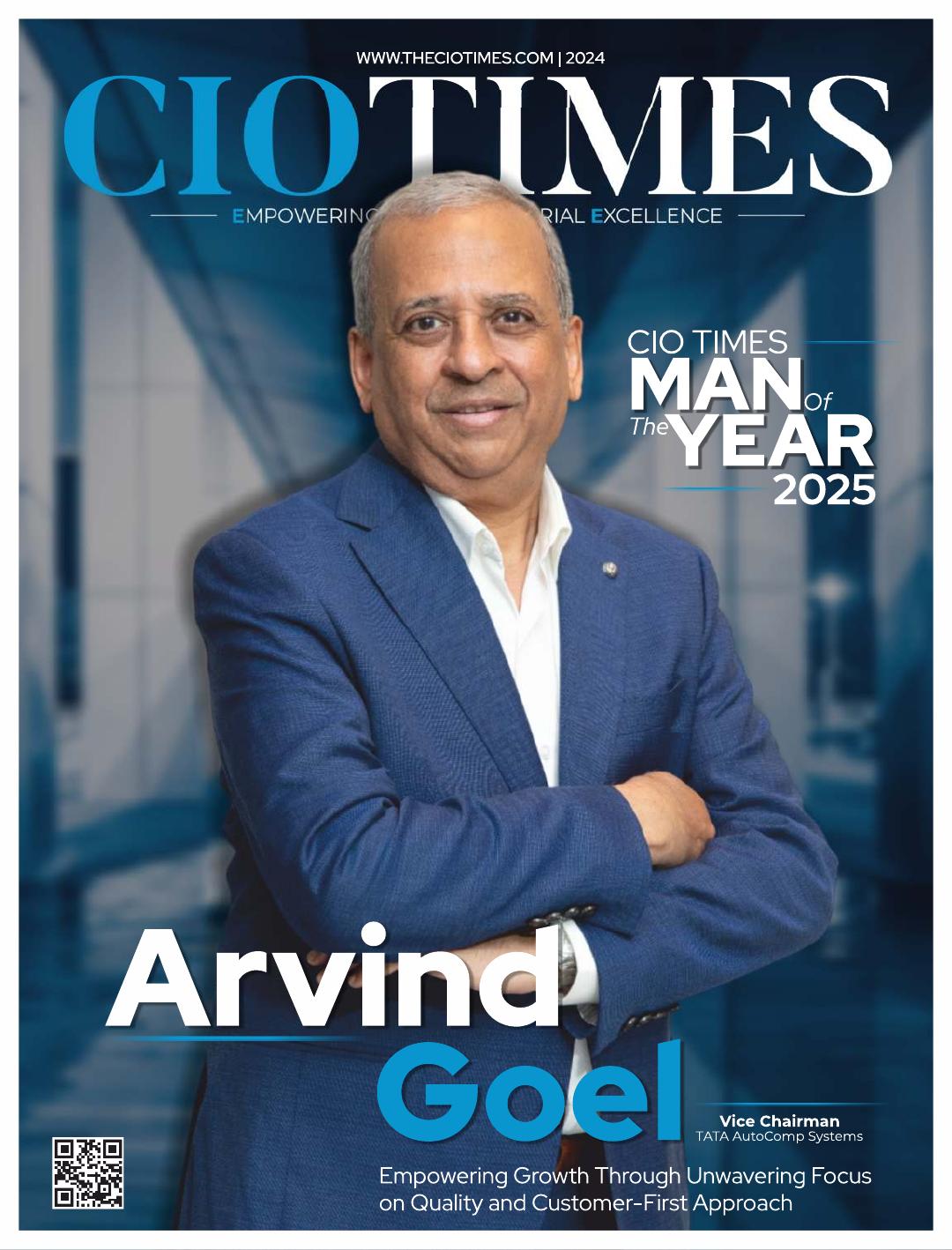In reaction to the increasingly uncertain global tariffs, manufacturers are turning to artificial intelligence to protect themselves from unexpected cost increases, supply shocks, and market disruptions. Companies can acquire the agility they need to quickly alter production, optimize pricing, and rearrange supply chains by employing powerful algorithms and data-driven insights.
Global manufacturers of commodities, ranging from automobile parts to consumer electronics, now rely on real-time AI systems that integrate tariff rate changes with supply and demand trends. These tools automatically model the financial impact of new responsibilities and recommend strategic changes such as inventory reallocation or supplier switching before disruptions get entrenched.
AI-driven forecasting models enable production planners to proactively simulate tariff scenarios and deploy protective hedge strategies. By identifying tradeoffs between deviating supply routes and sourcing domestically versus abroad, companies can make informed decisions that preserve both margins and delivery schedules.
Lean-manufacturing champions are using AI-guided analytics to manage component procurement. The technology not only tracks shifting raw material prices but also flags alternatives based on regulatory constraints and logistics costs. This capability has helped avert supply bottlenecks when trade tensions suddenly spike.
In instances of sudden tariff hikes, Manufacturers turn to AI to instantly adjust manufacturing runs. For example, AI can suggest ramping up output of components unaffected by tariffs, while slowing production in more exposed lines. The nimbleness afforded by such systems is especially advantageous for just-in-time operations, where even minor delays can cascade into larger breakdowns.
AI in Manufacturer industry: Aligning Strategy with Speed
In the midst of this change, a critical strategic shift occurs: AI is no longer just an operational tool; it is now integrated into management-level decision-making. Executives utilize AI-powered dashboards to monitor tariff and competition changes in real time. This allows for quick tactical pivots, such as shifting production units or renegotiating supplier contracts, which may typically be completed within hours after obtaining pertinent data.
Proactive tariff response has emerged as a strategic differentiator. Manufacturers equipped with AI capabilities can pivot faster, negotiate better with suppliers, and even pass minimal pricing adjustments onto customers. Those lagging behind, without predictive intelligence, are more likely to suffer from margin erosion and customer dissatisfaction.
Also, the incorporation of AI into procurement has encouraged greater ecosystem collaboration. Suppliers and logistics partners connected via AI systems can share pricing, capacity, and regulatory changes. This joint visibility boosts resilience throughout whole supply chains, forming a cohesive front against tariff shocks.
Looking ahead, the role of AI in smoothing tariff-related turbulence is expected to deepen. We’re seeing pilot programs for using generative AI to draft “what-if” reports, automatically summarizing exposure across product lines and regions. This kind of forward-looking insight further empowers strategic planning and risk mitigation.
At end, when faced with escalating tariff uncertainty, Manufacturers turn to AI not just to survive but to thrive with AI in Manufacturer industry cementing its place at the heart of agile, resilient operations.
Also Read: Exclusive interview with Najib Khatib


